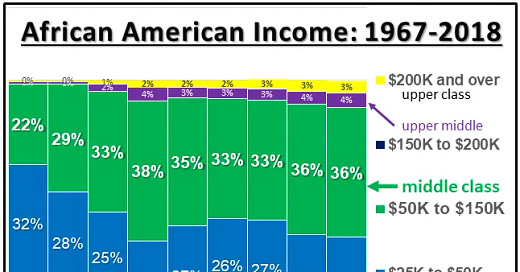In my Peasant Theory, which is a functional class framework, there are only three. 85% of us are Peasants, a few of us are Geniuses, and a tiny set are Rulers. But this is not how Americans like to think about material income class, because we like leagues and meritocracy, which we should. So don’t think of the those as replacements, but overlays.
Here …
Keep reading with a 7-day free trial
Subscribe to Stoic Observations to keep reading this post and get 7 days of free access to the full post archives.




